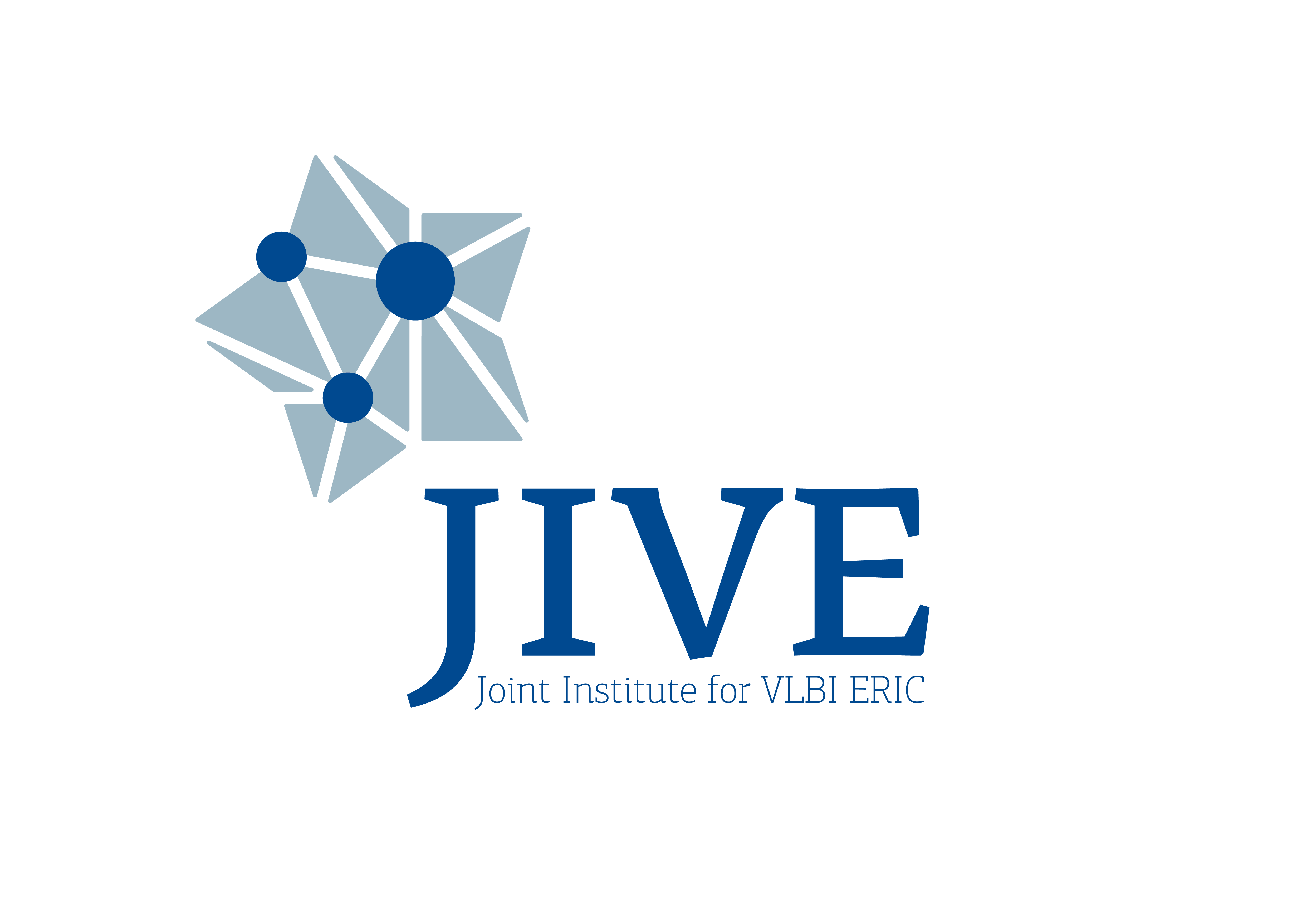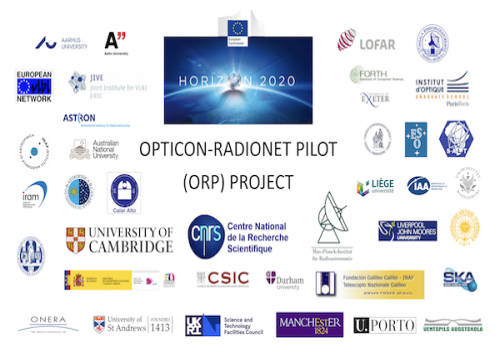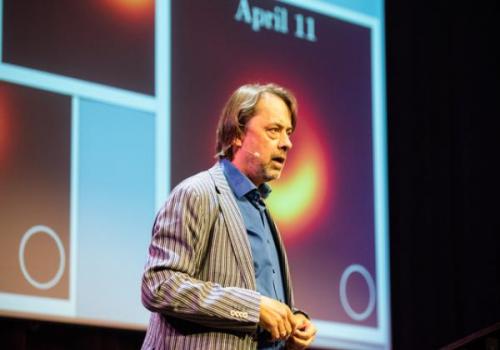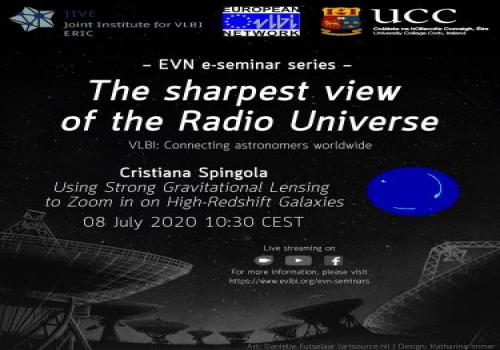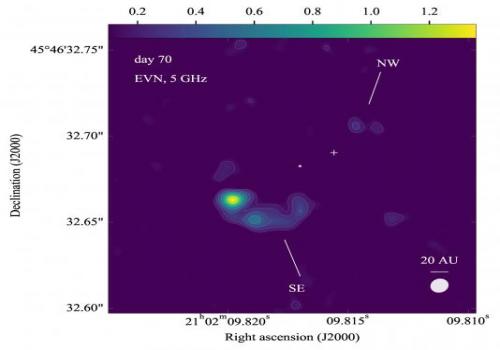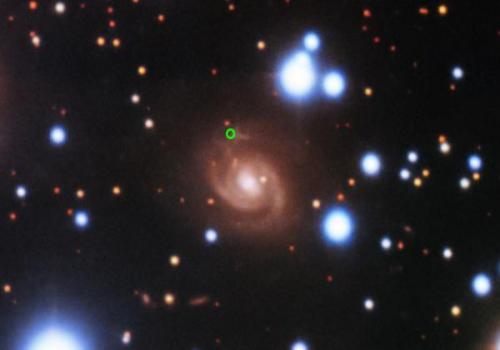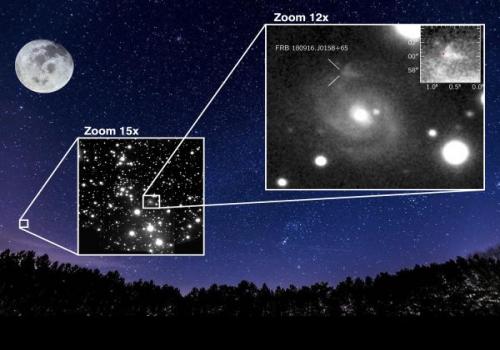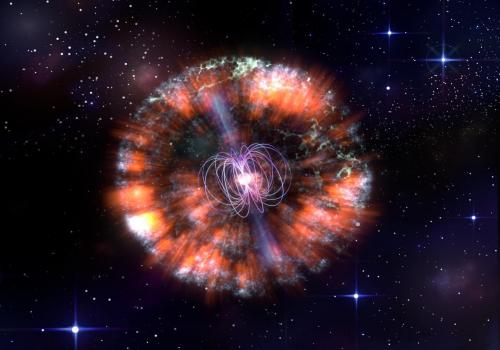News
ORP: A new European network combining optical and radio astronomy research infrastructures
24/06/2021
The European astronomy community has been granted 15 M€ to improve how radio and optical telescopes across the continent work together. The OPTICON-RadioNet PILOT (ORP) brings experts from the ground-based astronomy community to support improved access to a wider range of facilities, enabling the fastest-growing type of astronomy – including as many wavelengths as possible in a single study – and in doing so hopefully yield more discoveries. Astronomers from 15 European countries, Australia and South Africa and 37 institutions have joined the ORP consortium, funded by the EU H2020 programme.
JIVE celebrates the National Diversity Day
03/10/2020
October 6th celebrates National Diversity Day (NDD) in the Netherlands (https://www.diversityday.nl/), a day to work on improving diversity in all its aspects, including sexual preferences, gender identity, origin, religion, physical disabilities, a distance to the labor market, and more.
Wobbling Shadow of the M87* Black Hole
23/09/2020
In 2019, the Event Horizon Telescope (EHT) Collaboration delivered the first image of a black hole, revealing M87*-the supermassive object in the center of the M87 galaxy. The EHT team, including researchers from JIVE, has now used the lessons learned last year to analyze the archival data sets from 2009-2013, some of them not published before. The analysis reveals the behavior of the black hole image across multiple years, indicating persistence of the crescent-like shadow feature, but also variation of its orientation-the crescent appears to be wobbling. The full results appeared today in The Astrophysical Journal.
Huib van Langevelde new director Event Horizon Telescope
17/07/2020
Huib van Langevelde (Chief Scientist in JIVE, Dwingeloo, also Professor of Galactic Radio Astronomy at Leiden) has been selected as the new director of the Event Horizon Telescope (EHT). The EHT is a collaboration involving about 350 scientists from 18 countries. The EHT combines sub-millimeter telescopes around the world, including the ALMA array in Chile, and published the first image of a Black Hole in 2019.
EVN e-Seminars series
26/06/2020
The European VLBI Network (EVN) is pleased to announce a series of online seminars “The sharpest view of the radio Universe: VLBI – Connecting Astronomers Worldwide”. Seven speakers will cover 7 different science topics, and the talks will occur roughly every 7 weeks between early July 2020 and the EVN Symposium, which has been rescheduled to July 12-16, 2021. These talks will illustrate how Very Long Baseline Interferometry can improve our understanding of many astronomical phenomena, from stars to galaxies, and the talks are aimed at a broad astronomical audience.
Array of radio telescopes reveals explosion on the surface of a hot dead star
09/04/2021
An international group of researchers observed a source of variable gamma rays identified in 2010 by the NASA satellite Fermi. They used a technique called VLBI, that combines data from several radio telescopes on Earth, to produce the sharpest images. Surprisingly, the source of gamma rays was a symbiotic nova, a peculiar stellar system known to astronomers as V407 Cyg.
Discovery of a fast radio burst that pulses at regular intervals
30/04/2021
A Canadian-led team of astronomers, including researchers from JIVE, has discovered that a repeating fast radio burst (FRB) originating from a nearby galaxy pulses at regular intervals.
Researchers within the Canadian Hydrogen Intensity Mapping Experiment (CHIME) Fast Radio Burst Collaboration used the CHIME telescope in British Columbia to show that the repeating radio source known as FRB 180916.J0158+65 - first discovered in 2018 by the same group - pulsates apparently every 16.35 days.
JIVE recognises and protects diversity as the key against discrimination
12/06/2020
JIVE is an international research infrastructure committed to recognise and protect diversity as the key against discrimination.
AstroFlash project to localise FRBs
23/03/2021
Jason Hessels will build a research group of PhD students and postdocs hosted at ASTRON, JIVE and the University of Amsterdam. Hessels' previous research activities have been funded, in part, by NWO Veni and Vidi grants, which together with the Vici form the "NWO-Talentprogramma''.
The cosmic cow explained - radio signals point to an explosion and a newborn magnetar
08/04/2021
Observations using 21 telescopes of the European VLBI Network (EVN) have revealed that a cosmic explosion, called AT2018cow most likely formed a neutron star with an extremely powerful magnetic field - known as a magnetar. The high-resolution radio images produced in this new study show physical properties of the stellar remnant that make alternative explanations less likely, say scientists.
